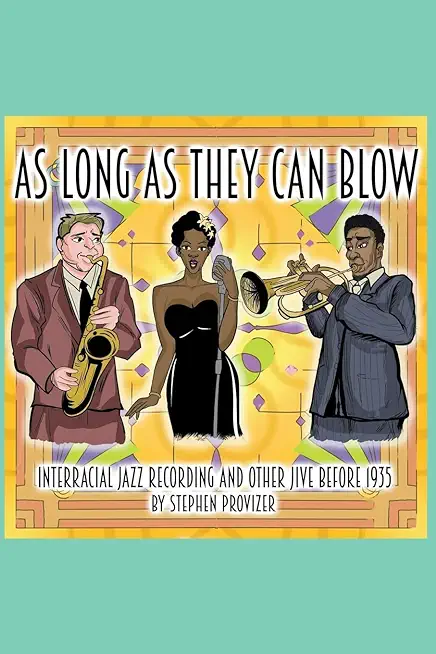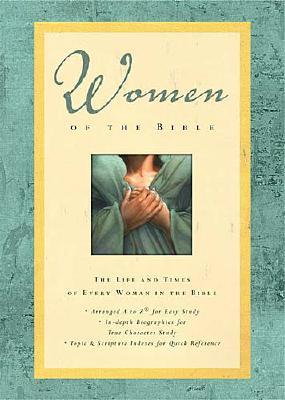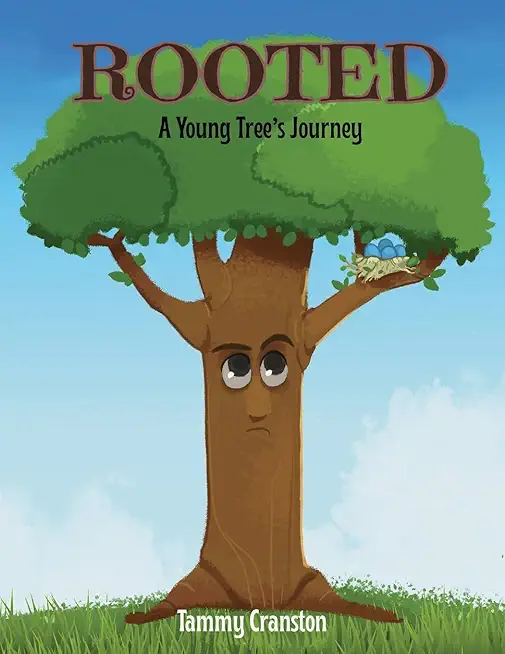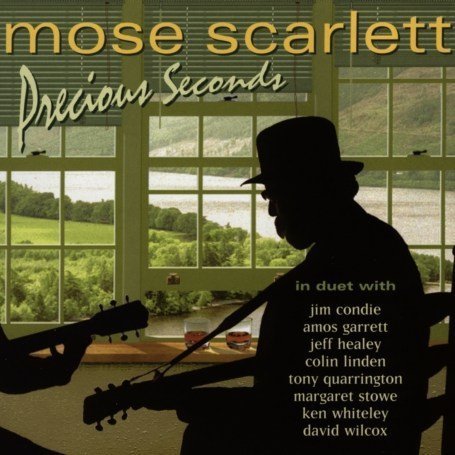
Provizer, Stephen
product information
description
ng As They Can Blow is to show the mutual respect that black and white jazz musicians had for each other and how a shared love of the music and the relative privacy of the recording studio resulted in hundreds of early interracial jazz recordings. At the book's heart is the first discography of these sessions ever put together and a concise list that can be used for quick access to those sessions. There is a brief history of the recording industry, with an emphasis on how the industry dealt with the question of race, as well as a list of formal and informal interactivity between black and white jazz musicians outside the recording studio. Finally, there is a piece in the voice of Mezz Mezzrow and one in the voice of Eddie Condon, both of whom were active in interracial sessions. The facts are there, but the author uses techniques of creative non-fiction to put them into story form.
member goods
No member items were found under this heading.
listens & views

CHERRY RHODES AT THE KIMMEL ...
by BACH / LISZT / MADER / MOZART / LIDON / RHODES
COMPACT DISC$17.75
Return Policy
All sales are final
Shipping
No special shipping considerations available.
Shipping fees determined at checkout.






